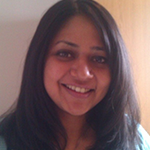Despite the increases in mobile broadband coverage worldwide, a large gap remains in usage. 3.4 billion people live in areas covered by a mobile broadband network but are still missing out on the potentially life-enhancing benefits of using the internet on a mobile.[1] Barriers such as accessibility, affordability, digital skills and safety and security prevent many from connecting to mobile internet, especially women. What innovative solutions could help bridge this digital divide?
The GSMA Innovation Fund for Mobile Internet Adoption and Digital Inclusion, launched in April 2020, aims to identify scalable solutions to address these challenges. The Fund is supported by the Foreign, Commonwealth & Development Office (FCDO), Federal Ministry for Economic Cooperation and Development (BMZ), the GSMA and its members. The idea of the fund was to open up opportunities for start-ups and SMEs to address the issues that prevent people from getting online and to enable access to mobile internet services. This has become increasingly important in the context of the COVID-19 pandemic which has increased our reliance on the internet and the urgency of identifying innovative approaches to address the barriers to digital inclusion.
The GSMA received a total of 598 applications from start-ups and SMEs in 44 countries across Asia and Africa. The applications were assessed based on several criteria, including, but not limited to, the strength of the business proposition; team members; gender balance; funding situation; potential for digital inclusion; potential for scale and replication; and measurable socio-economic targets. Based on this criteria, we have extracted key insights below from the top 100 applications.
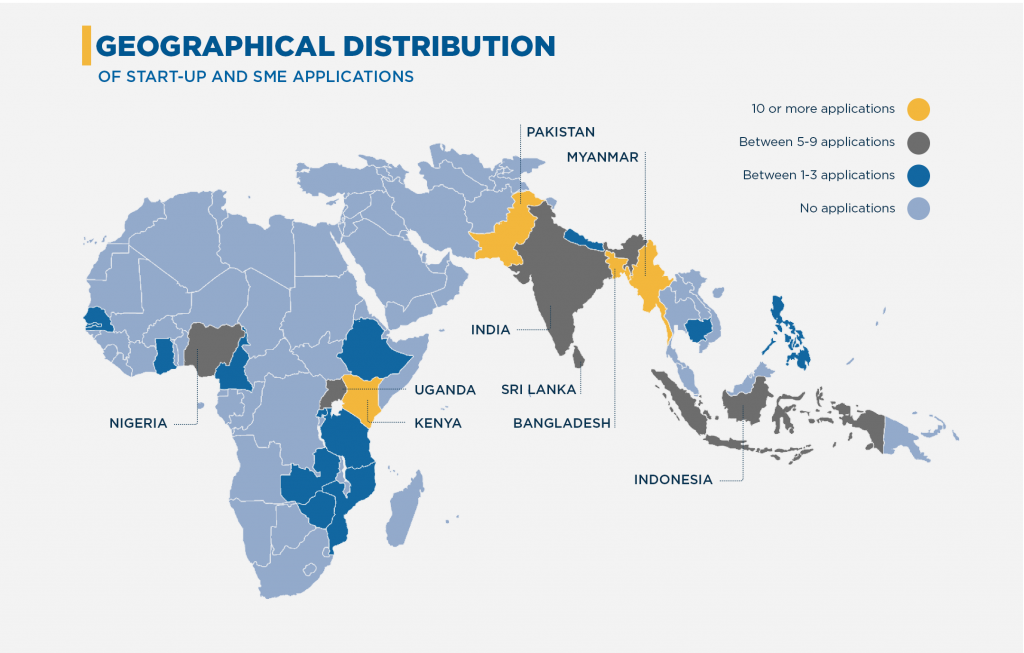
Of the top 100 pitches, 57% came from Asian markets (led by Pakistan, Bangladesh, Myanmar and India). The remaining 43% were from Africa, with most coming from Kenya and Nigeria.
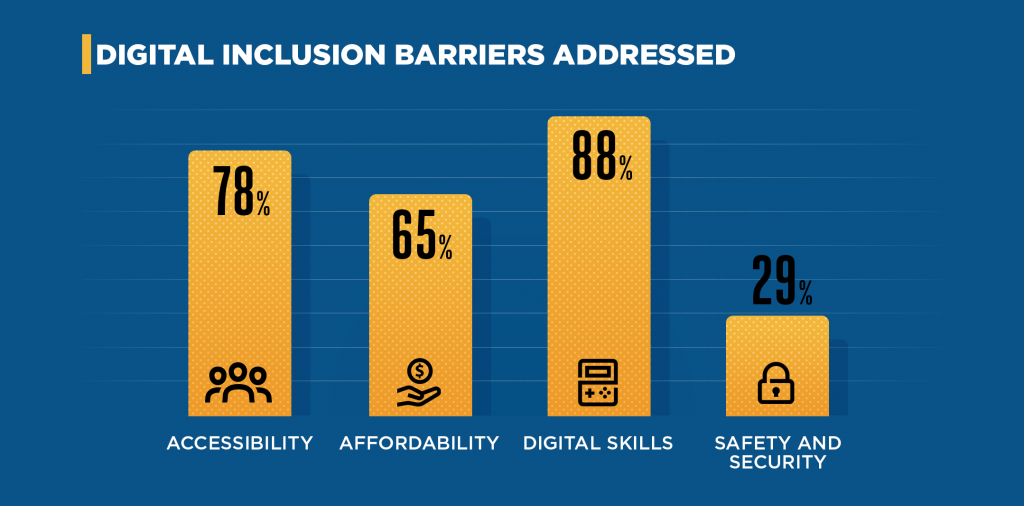
Most of the top 100 pitches aimed to address multiple barriers to getting online, the most prominent focused on improving digital skills (88%) and the accessibility of mobile internet (78%).
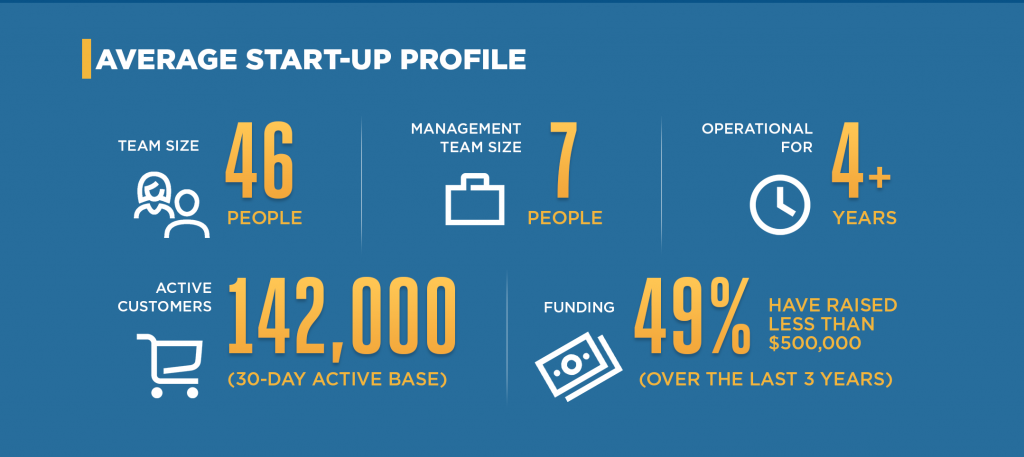
One of the eligibility criteria was for applicants to have active users and revenue in at least one eligible low income or lower middle income country. The fund received applications from start-ups that were early stage to mature, with an average established age of 4 years and 10 months. All applicants had established management structures (averaging 46 team members and 7 managers) and experience in raising funds from either the private sector or in some cases previous donor grants. The applicants represented emerging and increasingly relevant sectors such as EdTech, Home Solar Energy (Pay-As-You-Go) (electricity, phone and data bundles), e-commerce and FinTech.
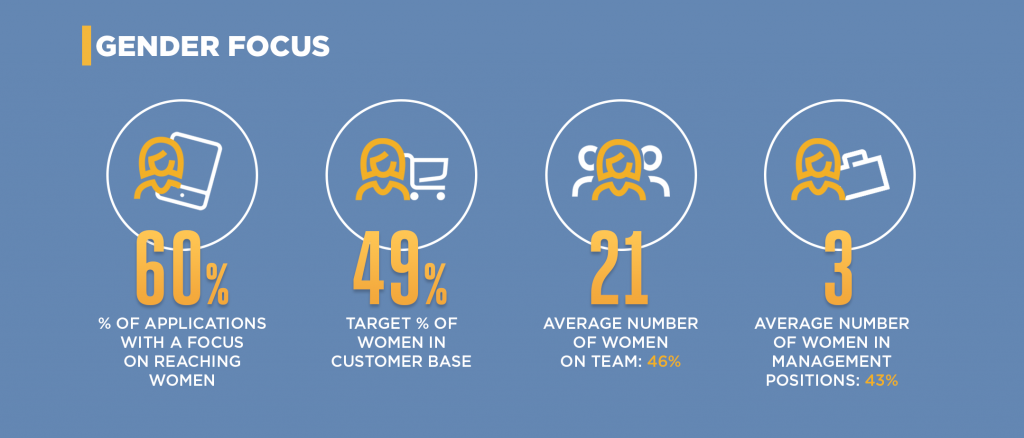
Despite the growing importance of connectivity, there is still a considerable gender gap in mobile internet usage. Across low- and middle-income countries, women are 7% less likely than men to own a mobile phone, and 15% less likely than men to use the internet on a mobile phone. The GSMA aims to address the gender gap in mobile internet use through encouraging solutions that reach women as well as men, or those that disproportionately benefit women. As part of the innovation fund process, the GSMA encouraged applications focused on addressing the mobile internet gender gap as well as from female founders and those organisations with good representation of women at all levels.
From the top 100 pitches, we saw 60% of the applicants having an explicit focus on reaching women customers. The Top 100 applicants aimed on an average to reach 49% women in their customer base. Approaches included:
- Solutions designed for sectors or community groups with larger numbers of women users such as savings groups, merchants and retailers, and agriculture
- Marketing campaigns targeted towards women
- Female instructors delivering digital skills training
- Female representation in educational content so that women users are able to relate to the content and directly see how the lessons apply to their lives
- Partnering with organisations that are led by women, work with women and aim to reach more female customers, such as local organisations and cooperatives

For most applicants, a partnership with a mobile operator is critical for scaling their solutions. Establishing relationships with MNOs was one of the key areas where the applicants requested support from the GSMA. Of the top 100 pitches, 25% are already in a partnership with mobile operators in their markets. Half of the applicants were engaged in discussions, and a quarter had not yet engaged with a mobile operator.
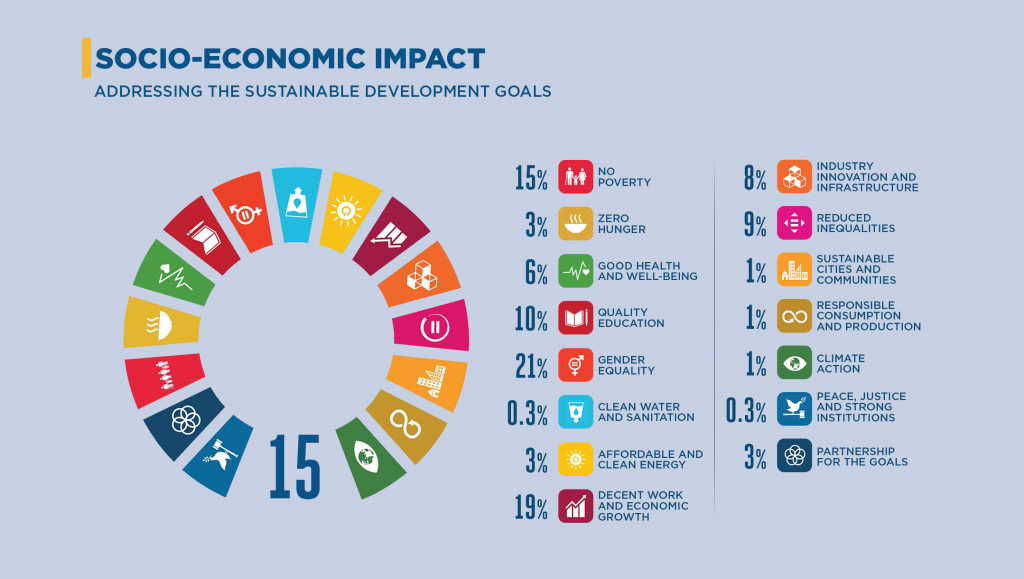
The Sustainable Development Goals (SDGs), also known as the Global Goals, were adopted by all United Nations Member States in 2015 as a universal call to action to end poverty, protect the planet and ensure that all people enjoy peace and prosperity by 2030. In 2016 the mobile industry became one of the first sectors in the world to commit to the SDGs.
The top 100 pitches are collectively addressing 15 of the 17 Global Goals. Almost a fifth (21%) are aiming to improve gender equality (SDG #5 Gender Equality), 19% will provide business employment and generate economic growth (SDG #8 Decent Work and Economic Growth) and 15% are aiming to reduce poverty (SDG #1 No Poverty).
> Click here to download the full infographic
After reviewing each of the original 598 applications, analysing the top 100 and conducting a more in-depth assessment of 50 applications between May and September 2020, the GSMA presented 27 applications to an independent panel. The panel members included experts from the mobile industry alongside organisations from the public and private sectors with expertise in investment, gender, mobile technology and development.
The panel selected 9 applicants to be awarded grants. Keep an eye out on our website and social media channels for the announcement of the winning organisations next week! You can also subscribe for our Innovation Fund updates here.
[1] GSMA (2020), The State of Mobile Internet Connectivity Report 2020
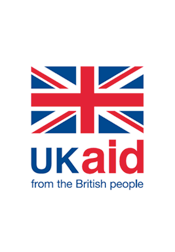
This initiative has been funded by UK aid from the UK government and is supported by the GSMA and its members. The views expressed do not necessarily reflect the UK government’s official policies.


